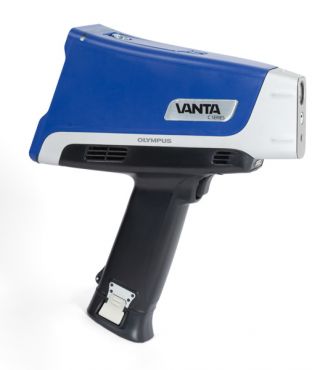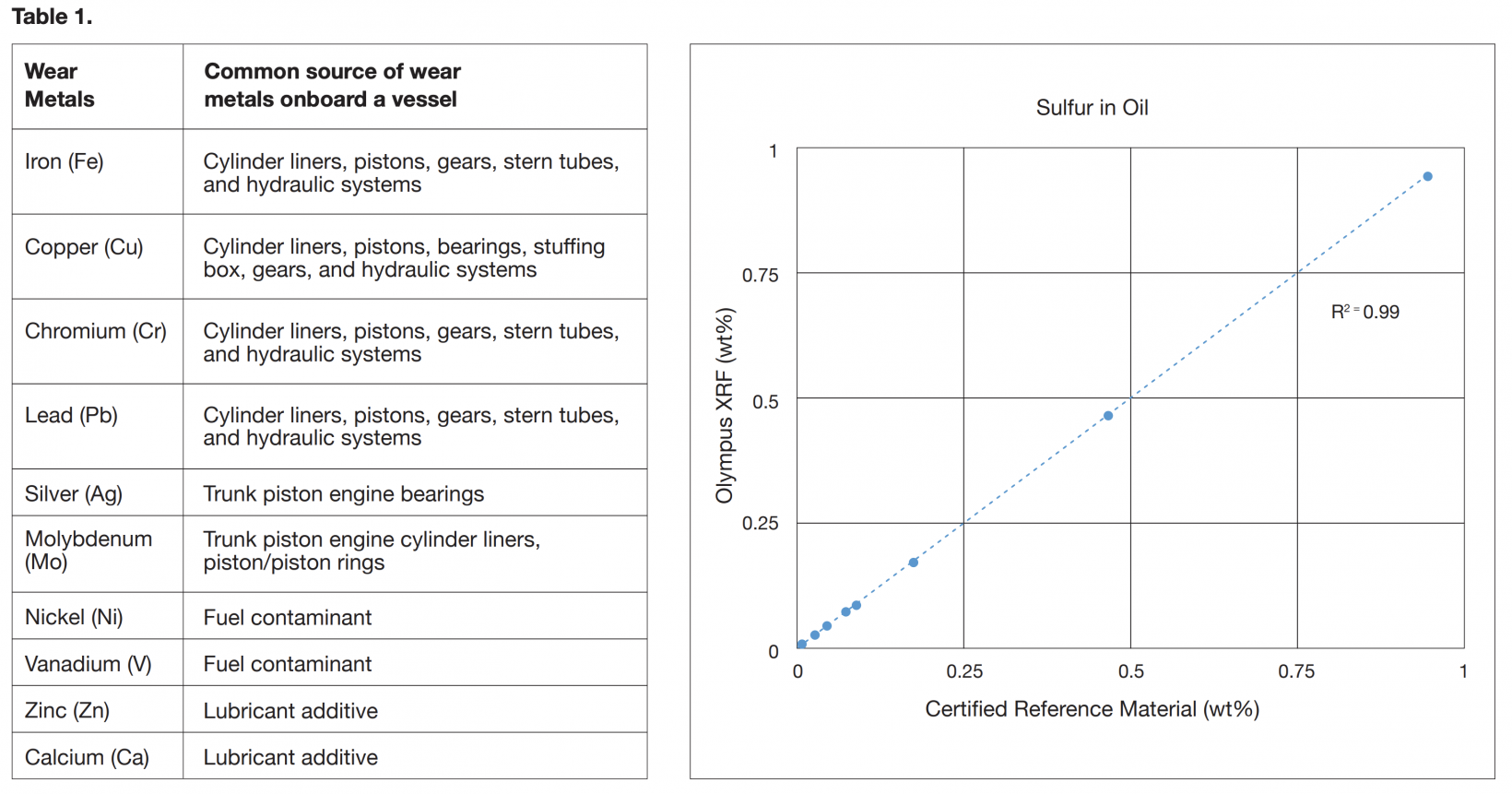Handheld XRF is a rapid and accurate method to determine sulfur (S) concentrations in fuel oil. This information is vital to help ensure fuel oil complies with International Maritime Organization regulations. In addition, handheld XRF can aid preventative maintenance programs by identifying and quantifying wear metals in oil.
Due to the environmental risks posed by emissions from shipping vessels, the International Maritime Organization (IMO) has set regulations that limit the sulfur content in fuel. As of 2020, the latest regulatory update lowers the global cap on sulfur in fuel from 3.5% to 0.5%, while sulfur in fuel from sulfur emission control areas (SECAs) remains at 0.1%. The regulation covers oil used in both main and auxiliary engines, as well as boilers.
This regulation change leaves ship owners with little room for error and requires refineries to be more stringent in regard to fuel production and blending.
Olympus handheld XRF instruments rapidly analyze sulfur in oil while meeting international standards like ASTM D4294 and ISO 8754. Obtain on-site results at multiple locations from the refinery to the ships.
Onboard vessels: It is common to have multiple bunkers containing oil of different specifications, such as ultra-low sulfur fuel oil (ULSFO)1, very-low sulfur fuel oil (VLSFO)2, and high-sulfur heavy fuel oil (HSHFO)3. Since pipes from the bunkers to the engines or boilers may be shared at certain junctures, the oil can become contaminated before reaching the engine or boiler. Handheld XRF provides vessel personnel and surveyors with the flexibility to analyze oil from multiple locations between the bunker and the engine or boiler.
Regulators and laboratories: Handheld XRF provides regulators and laboratory staff with a fast, cost-effective way to screen oil samples onboard the vessel before selecting ones for further lab analysis.
Suppliers to vessels: The supply chain from the refinery to the bunker can be long, complex, and vary dramatically. As a result, the final product is often a blend of oil from multiple sources. Performing regular checks at the port or after blending helps ensure that incoming oil is compliant with the IMO regulations.
Analyzing wear metals in oil for preventative maintenance: Early identification and quantification of wear metals in oil is critical in preventative maintenance programs. Regularly analyzing oil samples with brief tests can help you avoid expensive damage and downtime to critical mechanical components. Table 1 below shows a list of common wear metal elements and their typical sources on a vessel.
Olympus handheld XRF instruments enable you to routinely analyze wear metals in oil with a wide concentration range from ppm to the percent level. Our XRF technology can also be automated for in-line (or online) oil analysis.
Benefits of Vanta™ XRF AnalyzersThe Olympus Vanta XRF instrument enables operators to analyze a range of coated materials in the warehouse or yard quickly and nondestructively. Features include:
|  |


